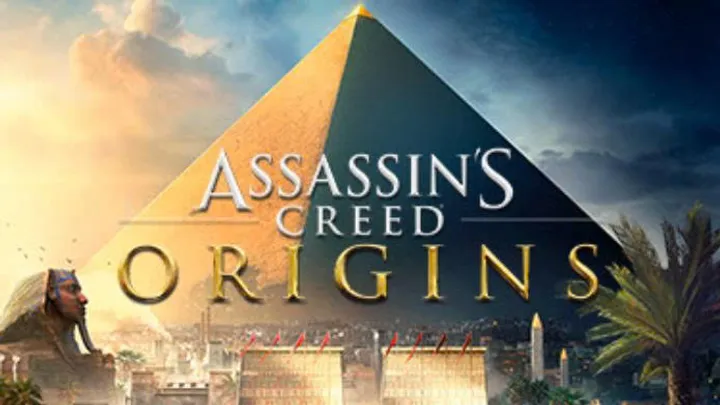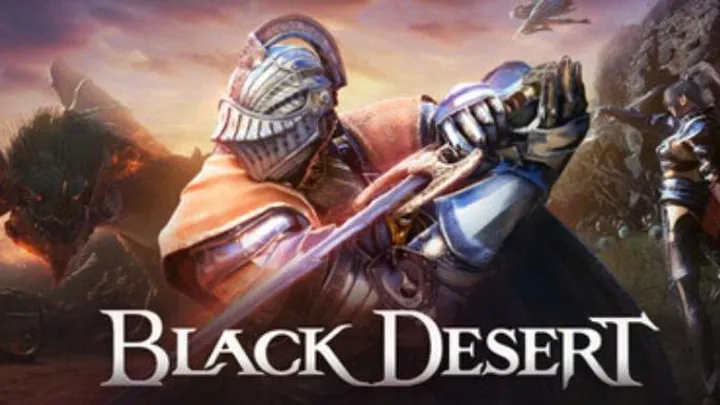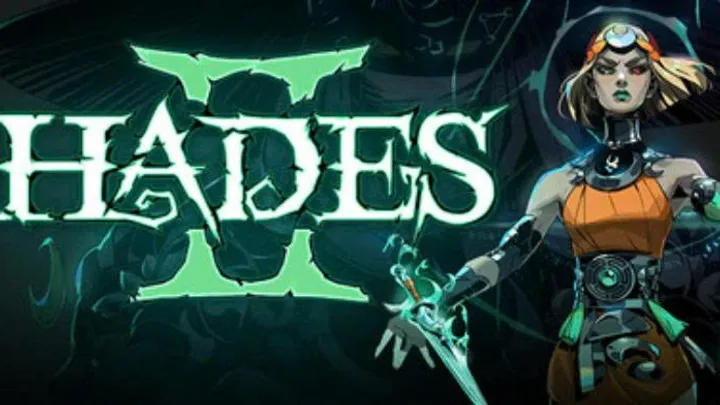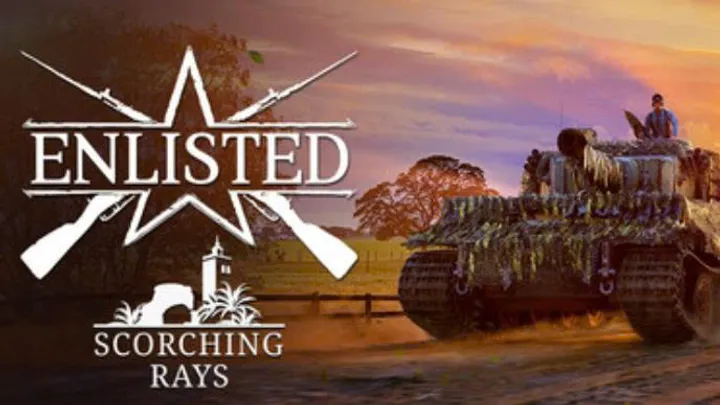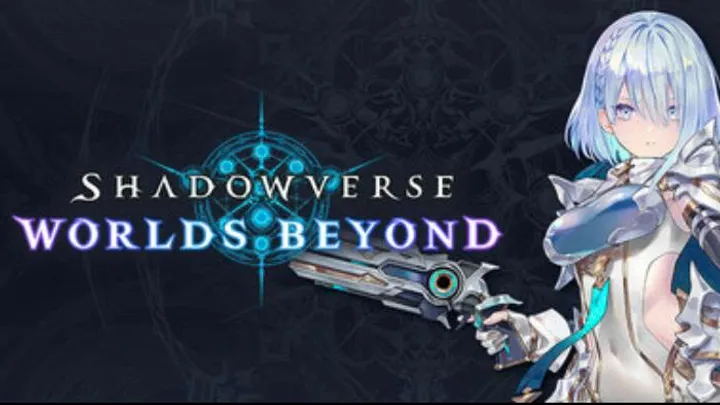When Age of Empires III: Definitive Edition released in 2020, it promised not only upgraded visuals and modernized gameplay but also a re-examination of how the game presented history. Unlike the more straightforward medieval focus of Age of Empires II, AoE III has always been more controversial, dealing with colonization, indigenous civilizations, and imperial powers in ways that sparked debate even in its original 2005 release.
The Definitive Edition sought to address these issues, but in doing so, it opened new debates about balance, historical accuracy, and player expectations. At its core, AoE III: DE embodies the challenge of updating a classic while navigating the sensitivities of a modern audience.
The Legacy of the Original AoE III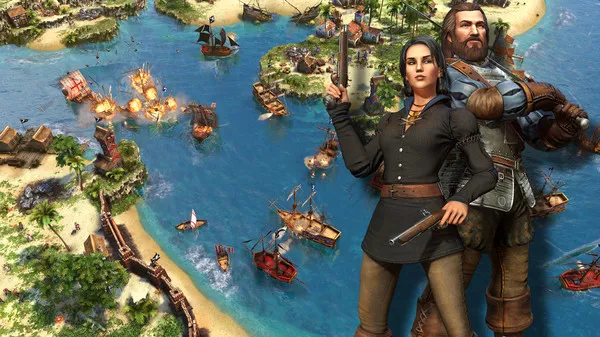
The original AoE III was ambitious for its time. It introduced home city mechanics, 3D graphics, and civilizations such as the Aztecs, Iroquois, and Sioux. Yet it also carried problematic portrayals: reductionist naming, stereotypical mechanics, and depictions of indigenous peoples that often lacked nuance.
Despite this, many fans embraced it for its mechanical innovations. The unique civilizations and card-based home city system created a fresh competitive landscape that distinguished AoE III from its predecessors. The Definitive Edition inherited this legacy—both the innovations and the baggage.
Redefining Indigenous Civilizations
One of the most significant changes in AoE III: DE was the reworking of Native American civilizations. For example:
- The Sioux became the Lakota.
- The Iroquois became the Haudenosaunee.
- Certain unit names, building names, and dialogues were rewritten to reflect cultural authenticity.
These changes were celebrated by many who appreciated the effort to portray these groups with greater respect. Developers worked with cultural consultants to ensure accuracy. However, not all fans welcomed the updates. Some argued that the new terms disrupted familiarity and nostalgia, while others felt the changes did not go far enough in addressing deeper gameplay stereotypes.
The Balance Problem
Beyond naming, the reworks also affected balance. Lakota and Haudenosaunee mechanics were redesigned to avoid problematic implications of “raiding” or “scalping,” but these redesigns shifted their strategic identities. Units, bonuses, and economy systems were adjusted, leading to months of instability in competitive play.
Veteran players found that their old strategies no longer applied, while newcomers struggled to understand the evolving meta. The desire to make these civilizations respectful often clashed with the need to preserve gameplay depth and variety, resulting in long stretches of imbalance and divisive patch notes.
Historical Authenticity vs. Playability
The DE team faced a recurring dilemma: how much historical accuracy is too much when it comes at the expense of fun?
For example, many European civilizations retained stylized mechanics that exaggerated their military or economic strengths. Meanwhile, attempts to make indigenous civilizations “authentic” sometimes restricted their flexibility compared to European counterparts. The end result felt uneven: authenticity applied selectively, while competitive players wanted all civilizations to remain equally viable.
This tension highlights the broader struggle of AoE III: DE—should it be primarily a history lesson, or a balanced competitive RTS?
The Expansions and New Civilizations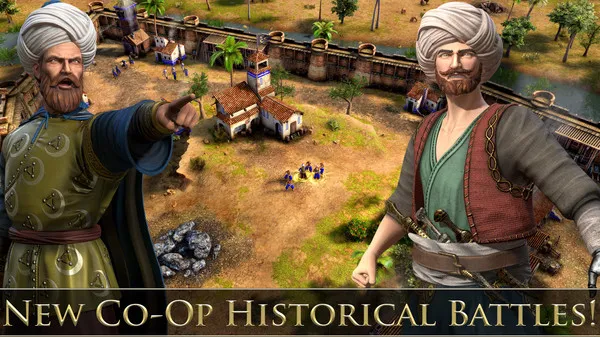
Expansions for AoE III: DE added new civilizations such as the Ethiopians, Hausa, Mexicans, and United States. While these additions expanded the cultural scope of the game, they reignited debates about authenticity and balance.
For example, the United States civilization was divisive: some saw it as an exciting addition with unique mechanics, while others questioned its inclusion in the 18th–19th century context alongside long-established empires. Similarly, the Mexican civilization sparked discussions about how far the timeline of AoE III should stretch.
Each new civ expanded competitive possibilities but also strained the historical framework of the game.
Community Reactions
The AoE III community remains divided over the Definitive Edition’s changes. On one side are players who appreciate the cultural sensitivity and expanded diversity. They see the reworks as overdue corrections to outdated stereotypes. On the other side are players who feel that too much has been altered, leaving the game unrecognizable compared to the original.
Forums, Reddit threads, and Discord discussions often show this tension. Competitive players focus on balance complaints, while casual players debate whether the new cultural framing enhances or detracts from immersion. The conversation is rarely just about gameplay—it’s about identity.
The Competitive Scene
For competitive play, AoE III: DE has struggled to find the same stability as AoE II: Definitive Edition. Constant rebalancing of reworked civilizations has created volatility in the meta, making tournaments unpredictable but also frustrating for players who crave consistency.
The introduction of new civs like Mexico and the US further complicated balance, with some strategies dominating early tournaments until emergency patches were issued. While variety is exciting, the lack of long-term stability has kept AoE III: DE from reaching the same competitive stature as its older sibling.
Lessons Learned from AoE III: DE
Several lessons emerge from AoE III: DE’s balancing act between respect, history, and gameplay:
- Consultation matters: Bringing in cultural experts improved authenticity, but it must be balanced with gameplay considerations.
- Balance must remain central: Even the best-intentioned redesigns lose impact if they make a civilization unplayable or overpowered.
- Nostalgia is fragile: Longtime fans resist sudden, sweeping changes—even when those changes are justified.
- Consistency is key: Expansions should enrich the game world without undermining its historical or competitive coherence.
These lessons are valuable not only for AoE III but for any historical strategy game navigating sensitive territory.
The Future of AoE III: Definitive Edition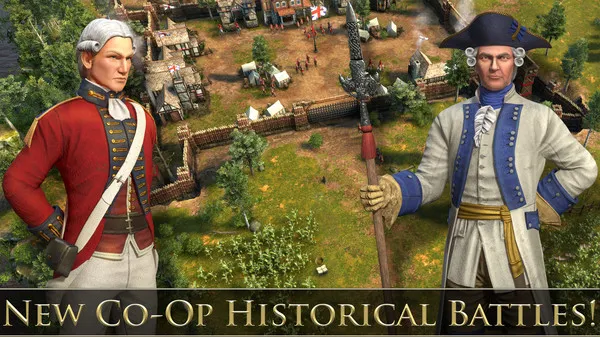
AoE III: DE continues to receive updates, balance patches, and community-driven support. Its future depends on whether developers can strike a sustainable balance between sensitivity and playability. While AoE II may remain the crown jewel of the franchise, AoE III: DE has carved out its own space as both a historical experiment and a competitive RTS.
The challenge moving forward will be maintaining that balance without alienating either group: the casual players drawn to history and diversity, and the competitive players focused on balance and mechanics.
Conclusion
Age of Empires III: Definitive Edition is more than just a remaster—it’s a test of how games can evolve in a changing cultural landscape. By reworking civilizations, consulting with cultural groups, and expanding its roster, it shows respect for history while grappling with modern expectations.
Yet in doing so, it has struggled with balance, identity, and community division. AoE III: DE is a fascinating case study of what happens when nostalgia, history, and modern values collide in game design. Its future will depend not just on patches and expansions, but on whether the developers—and the community—can reconcile authenticity with playability.












